Three Mile Beach is situated in one of the most glorious places for wildlife-watching in Cornwall, writes local nature-writer and photographer, David Chapman. In a series of features, David shares his knowledge of the wildlife that can be found in the Towans (a local name for dunes) within a short walk from Three Mile Beach. Here he looks at the birdlife in and around Gwithian Towans and nearby Godrevy.
Bird life in Gwithian and Godrevy
For the greatest diversity of birdlife in the area, I suggest walking north from Three Mile Beach along the South West Coast Path, making a detour around the lake at St Gothian Sands nature reserve and then heading as far as Godrevy Point.
Gwithian Towans
The avian action starts immediately. Check out the bushes around Gwithian for the charming stonechat. Males are brightly coloured with a black head and orange breast, females are more subtly toned but both sit on top of bushes and fence posts to make their stone-tapping calls.
If you visit in summer lookout for the slim profile of a whitethroat, a type of warbler with a long tail and white throat. This bird is easiest to see in May when recently returned from migration when it spends much time re-establishing its territory by singing its scratchy song from obvious song-posts.
As you walk keep an eye on the sky. Anywhere along this route, you might spot a hovering kestrel, a soaring buzzard or even a dashing peregrine falcon.

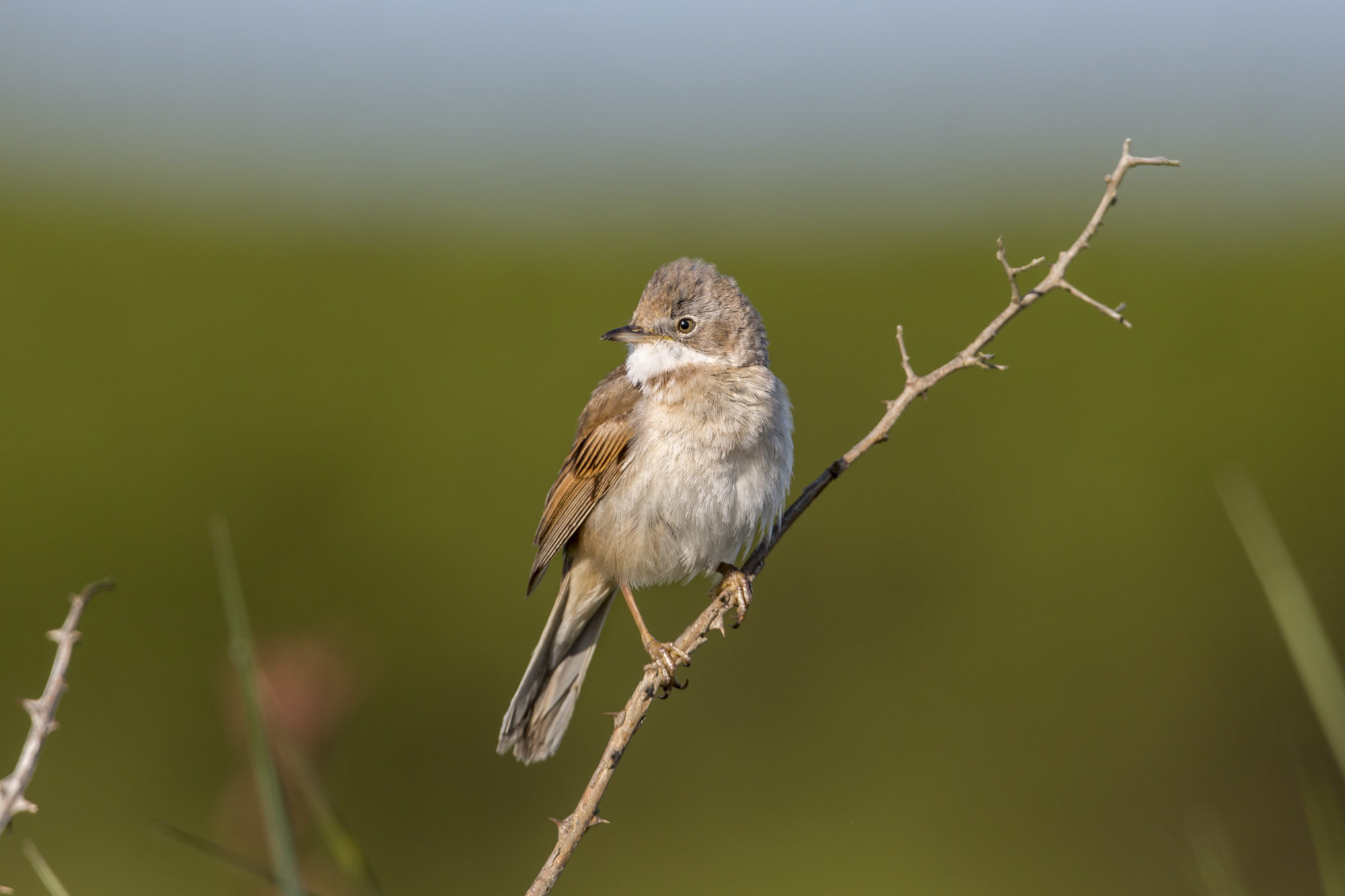

Gothians Sands Nature Reserve
Soon you descend a small slope to the area of St Gothian Sands where there are two fenced areas. In the first, there is a significant reedbed, in summer pause here to listen for reed warblers. Throughout the year this is a good spot for skylarks, their song is a delightful outpouring of emotion from high in the air but they breed on the ground so watch out for them carrying insect prey back to their young.
The second fenced off area contains a large lake. From April, through the summer, watch for swallows sweeping low over the water in pursuit of insects or taking a drink. Swallows are just one member of the ‘hirundine’ family to be seen here. The commonest are sand martins which nest in the sandy cliffs nearby and can be recognised by their brown and white plumage and shorter forked tails. They often perch on the fence to preen after plunge-bathing in the water.
The lake plays host to a wide range of birds throughout the year. Winter is best for the greatest number of wildfowl and autumn is best for the largest variety of wading birds found around the muddy margins but all through the year, there are birds of interest including little grebe, shelduck, mute swan, tufted duck, moorhen and coot. If you walk around the right-hand side of the lake you have a chance of spotting sedge warblers in the reedy scrub alongside the Red River. There might also be chiffchaff here and in autumn there might be some less common migrating warblers.
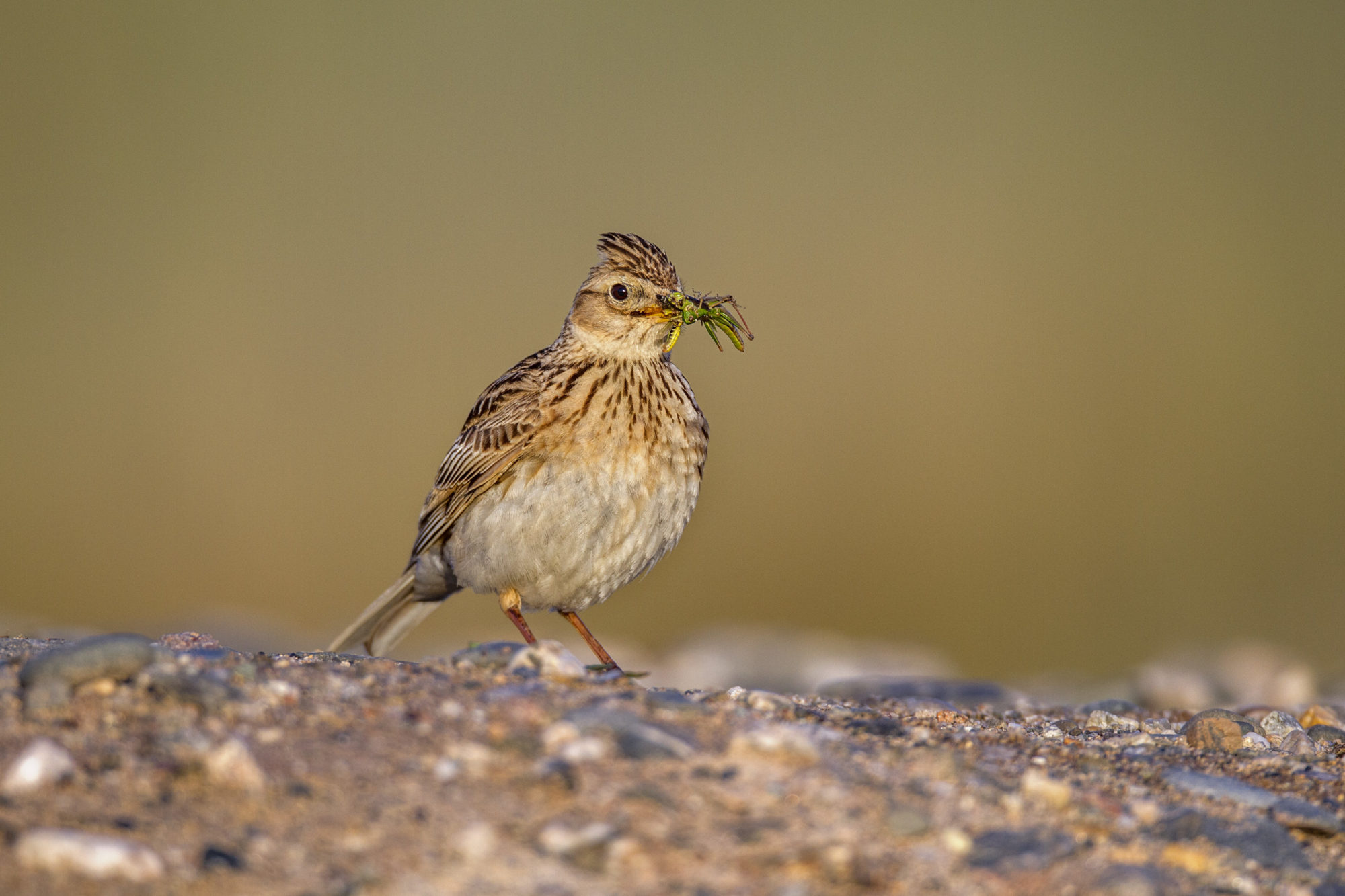
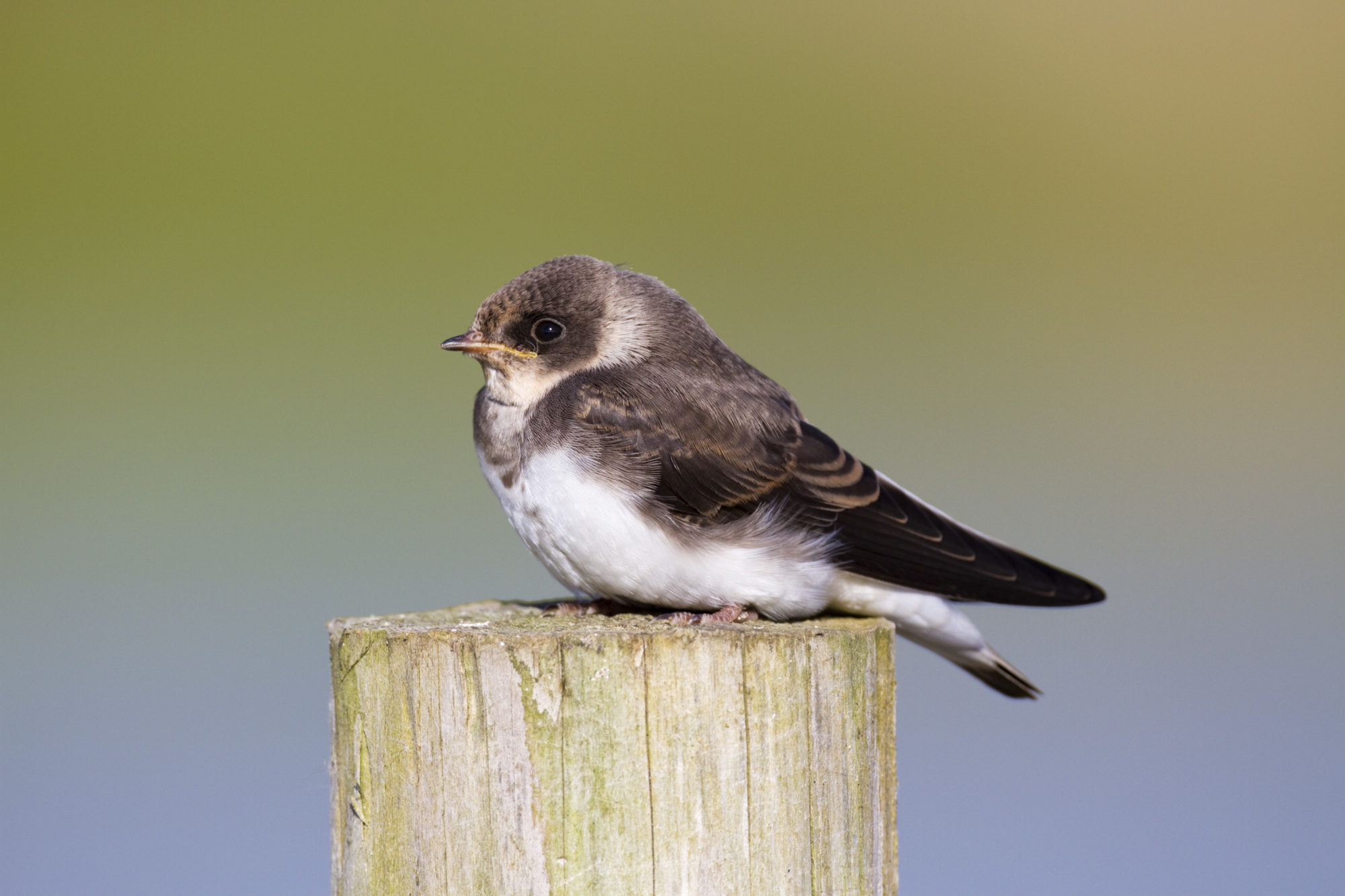

Godrevy Point
Cross the bridge, walk through the car park and head up towards Godrevy Point. Here the birdlife changes dramatically. On the cliffs we have breeding seabirds including shag and fulmar; out to sea there are usually passing gannets and on the rocks look out for oystercatchers, turnstones and rock pipits.
The raised part of the headland can be an interesting place to look for migrating birds in spring and autumn. Wheatears are one of the first returning migrants being seen in March. In April and May, it isn’t uncommon to see whimbrel, a bird similar to a curlew but smaller with a shorter, more down-curving bill. For migrant bird watching, it is best to be here early in the morning before the birds get disturbed by people.
At any time of year, there is a chance of spotting a chough around the headland. The chough is a very special bird in Cornwall, it is a member of the crow family but unlike the rest of its family, its beak and legs are red. Within England, it is only found in Cornwall and it features on the Cornish coat of arms, so it has a strong Cornish association and is often known as the ‘Cornish chough’. The other most likely member of the crow family to be seen on the headland is the raven, an impressive bird with a distinctive croaking or honking call.
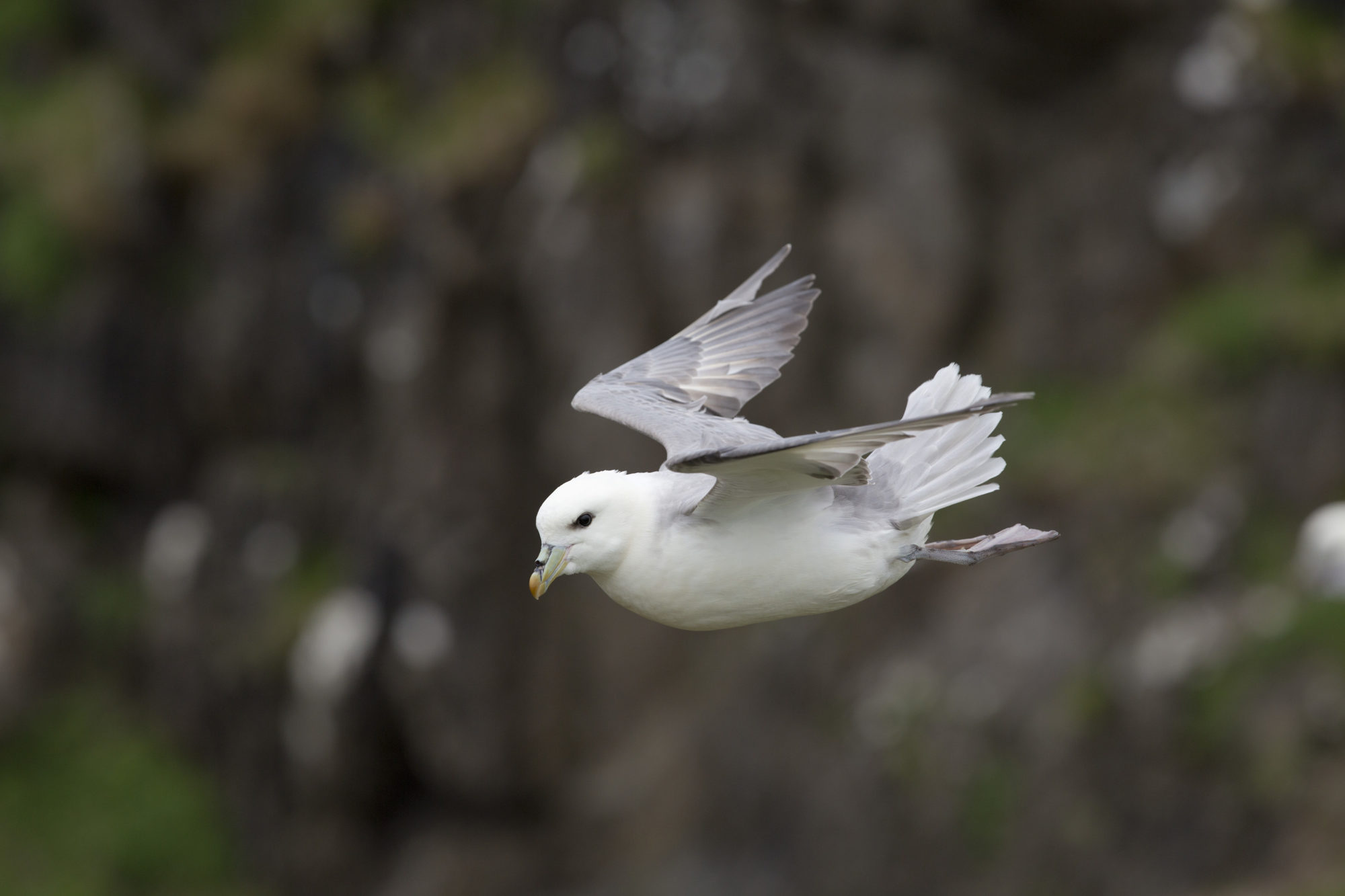
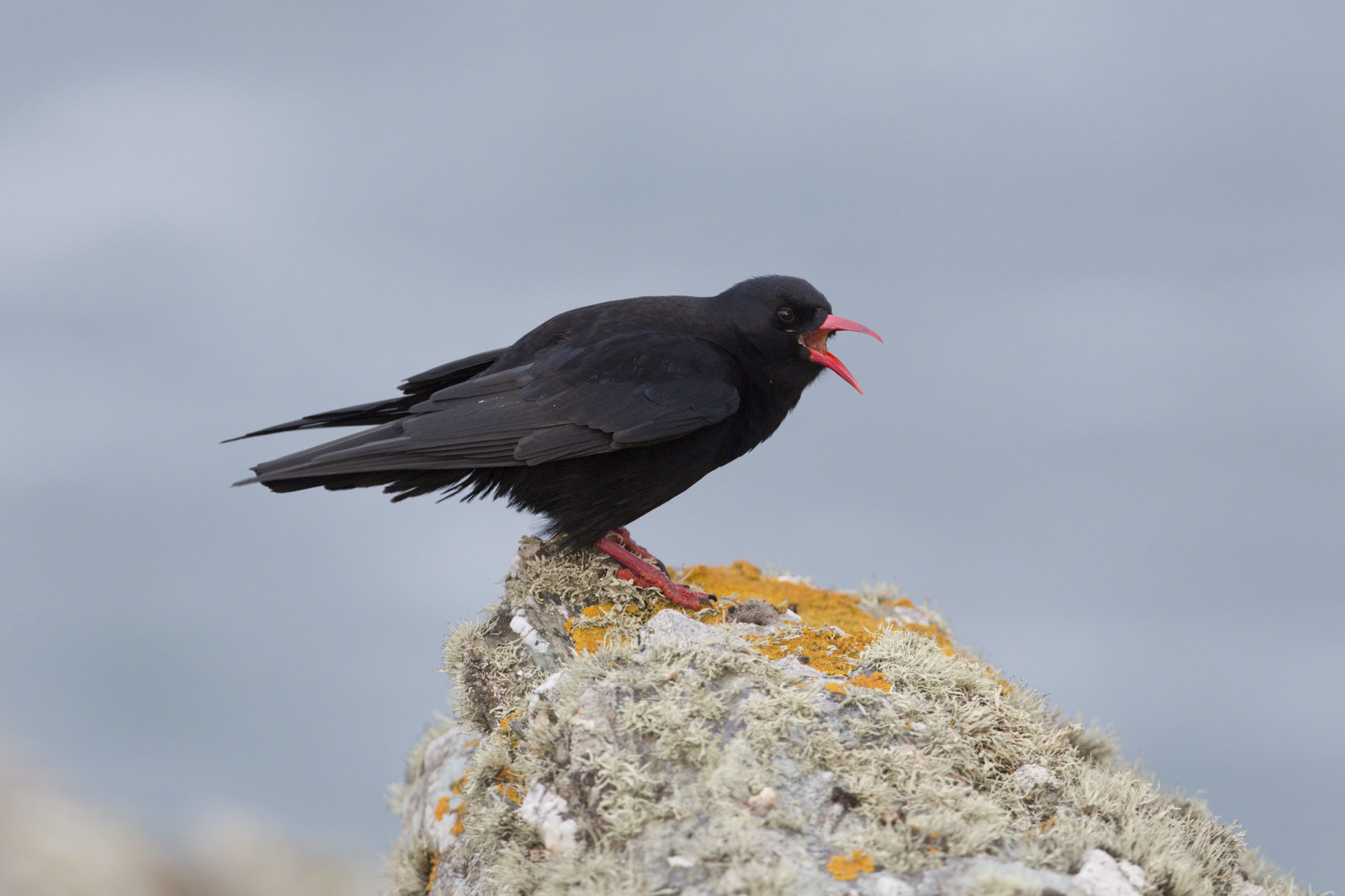
Mutton Cove
Although this feature is about birds it would be remiss of me not to mention the chance of spotting grey seals hauled out in Mutton Cove, this is one of the wildlife highlights of the area, and I would also suggest keeping an eye on the sea for dolphins, porpoises and even whales, pay particular attention for these cetaceans if you see gannets plunge-diving, this indicates an abundance of fish.
All the photography is credit: David Chapman. See more of David’s images on his website
Discover more about Three Mile Beach
Stay
Explore our luxury 2, 3 and 4 bedroom beach houses.
Lowdown for dogs
Good doggies come on down. Dogs are more than welcome at Three Mile Beach.
Lowdown for families
Three Mile Beach is a safe, running-around, playing, swimming, and exploring heaven.
Three Mile Beach interior design
Founder and chief stylist Jo shares her inspiration for the details that make our beach houses like no other beach houses.
Gwithian Towans Beach
Our absolute fav beaches that are right on your doorstep here at Three Mile Beach.
Discover more about Three Mile Beach and St Ives Bay
Back to nature: Insects
Local wildlife photographer, David Chapman, picks out the best places to see butterflies, moth and glow worm in Gwithian and Upton Towans.
Back To Nature At Three Mile Beach
David shares his knowledge of the wildlife that can be found in the Towans (a local name for dunes) within a short walk from Three Mile Beach.
Wild West Cornwall: Looking for Wildlife at the Hayle Estuary
Three Mile Beach is situated in the west of Cornwall, a wild and wonderful part of the county bursting with beauty and brilliant birdlife writes local naturalist and photographer, David Chap…
Winter Wildlife in Cornwall
Explore birds that spend the winter in West Cornwall with David Chapman.
Back to nature: Wildflowers
Local wildlife photographer, David Chapman, picks out the best places to see wildflowers in Cornwall.
St Ives Bay Wildlife & Tours
Cornwall’s wildlife is all around you if you know where to look.
Places to eat in Gwithian
Here’s the lowdown on places to eat in Gwithian Towans and Godrevy. All just a short walk from Three Mile Beach.
Stay
Explore our luxury 2, 3 and 4 bedroom beach houses.